Italy has a lot of things to spark your interest like history, nature, and art. Yet, it is the taste of the Italian desserts that elevates your relationship with this exciting country to a love story from the very first bite.
I have been head over heels Italy’s pastries and sweets ever since we moved to Vicenza in the Northern region of the Veneto over four years ago. Eating copious amounts of brioche, frittelle and cakes is a great first step on the arduous path of research and appreciation of Italian desserts. Honestly, do it as much as you can!
If you want to learn about the traditions and secrets behind Italian pastries and desserts though, you need to head to one of Italy’s historical sweet shops and have a chat with the resident maestro pasticcere – in English, pastry chef.
This was my mission when on a crisp February morning I headed to Vicenza’s oldest patisserie – Pasticceria Sorarù – to interview its owner and pastry chef Sergio Sorarù. With a story that spans almost a century and a half, his delightful pasticceria has gained a die-hard following thanks to its famous handmade plum cake, traditional zaèti biscuits and brioches the dough for which is left to rise over a whole day and a whole night.
In fact, this is how I first heard about Pasticceria Sorarù!
An Italian friend was telling me about the brioches – Italy’s favourite breakfast pastry – she would get from the pasticceria most days. ‘I don’t know how they do it, but their dough is the best!’, she said with her eyes sparkling at the idea of a freshly baked brioche from Sorarù.
If I have learned one thing during my time in Italy is that when an Italian gives you a tip about food, you drop everything and take notes. These are people who understand the art of making the most of each meal on a deep, soulful level.
With its central location and seasonal displays of sweets and desserts, Pasticceria Sorarù is easy to find and easy to become curious about.
Huddled in a long portico just off Vicenza’s main square – Piazza dei Signori – the pasticceria’s outside tables overlook the monument of the worldwide famous architect Andrea Palladio and one of his most well-known buildings – the Palladian Basilica.
Inside, Pasticceria Sorarù appeals to your sense of beauty with its display shelves in the Venetian Liberty style. Dating back to 1870, they are adorned with gold foil details and are finished with elegant arches. The old-time elegance is only topped by the taste of the pastries and desserts made on-site.
As I am always trying to learn more about Vicenza, the Veneto and Italy as a whole, I asked the pasticceria’s owner and pastry chef Sergio Sorarù for an interview in order to share with you a little slice of original Italian life.
Enjoy!
Traditions and Secrets of Italian Desserts
Interview with Sergio Sorarù – Owner and Pastry Chef of Vicenza’s Oldest Patisserie – Pasticceria Sorarù
Rossi: Pasticceria Sorarù has been a staple in Vicenza since 1870. What is the story behind it?
Sergio: There are two stories behind Pasticceria Sorarù.
The first is of the Sorarù family who comes from a tiny village called Sorarù in the mountain range of Marmolada in the province of Belluno, about 150 km away from Vicenza. Sorarù means ‘above the river’ (sopra la rù) as the village is on the banks of a stream. Back in 1870, Celeste Sorarù opened the first Pasticceria Sorarù in Vicenza. This is the logo he and then his sons used at the time.
At that time, the pasticceria was on Corso Principe Umberto – the city’s high street which nowadays is called Corso Palladio. The pasticceria was very popular and two generations of the Sorarù family worked there until 1946 when the business was closed. On this photo you can see the old Pasticceria Sorarù with the clients sitting in front of it.
The pasticceria was re-opened again in 1949 by my grandfather – Virgilio Sorarù. He had learned the pastry craft in Venice and his name to this day is on the fascia above the entrance of Pasticceria Sorarù…
… and on our logo.
The second story is about our current premises. In 1870, Cafeteria Palladio opened its doors where we are nowadays. It was an elegant place serving coffee and tea under different managements until it was eventually closed. When my grandfather Virgilio reopened Pasticceria Sorarù in 1949 he chose the cafeteria’s former premises and we have been here ever since.
The display shelves with the gold foil details date back to 1870 and the counter we still use nowadays is almost two hundred years old. Because of the wars, many businesses had closed their doors in Vicenza. Pasticceria Sorarù was one of them. Yet, the memory of its sweets and desserts was still very much alive in 1949 when my grandfather started serving to the citizens of Vicenza the cakes and sweets he had mastered in Venice.
Rossi: What sweets and desserts is Pasticceria Sorarù most famous for?
Sergio: The dessert we are most famous for is our plum cake. To this day, I make it entirely by hand, using my grandfather’s aluminium baking moulds and faithfully following his recipe. He mastered the making of his plum cake in Venice and it then became a staple for him in Vicenza.
Here you can see the different stages of preparing our plum cake. From the flour, the eggs and the butter to the baked plum cakes, it is all deeply rooted in my family’s traditions and it is the fruit of my own hands.
Our plum cake has a rich full taste aided by the tiniest, sweetest raisins. For maximum flavour, we recommend that at home you slightly warm up a slice of our plum cake before tucking into it.
For the Carnival period, we prepare fresh frittelle and crostoli. I start work every day at 5 am and one of my most important tasks is to prepare a fresh batch of crema pasticcera (known as creme patisserie in English) to fill up the frittelle and the freshly baked brioches. I don’t use any machines to make the crema pasticcera. It is all done by hand from start to finish. I also don’t freeze it and use it only freshly made on the day.
Rossi: Brioche is a traditional breakfast pastry in Italy. It looks a bit like a croissant but it has a different texture and can be stuffed with different fillings – from crema pasticcera to chocolate or jam. How do you prepare your brioches?
Sergio: I make my own impasto di focaccia veneziana – in English, Venetian focaccia dough. The recipe calls for flour, eggs, sugar, yeast… Simple products! I leave the dough to rise over one day and one night. It rises slowly-slowly. It needs a long time to rise well.
Rossi: Which is the most popular filling for your brioches at Pasticceria Sorarù?
Sergio: Crema pasticcera and apricot jam. The jam comes from the Italian autonomous region of Trentino-Alto Adige.
Rossi: What is typical for the desserts of the Veneto and Venice and how they are different from the rest of the desserts enjoyed all over Italy?
Sergio: Veneto’s food is simple, prepared with few and inexpensive ingredients. It’s a cucina povera – how the poor people would cook when they didn’t have much to start with. Yet, the preparation elevates the simple ingredients allowing for a taste that is rich and satisfying. For example, our zaèti biscuits are very popular. Zaèti are small and simple biscuits which are very traditional for Venice and the Veneto. Zaèti have been baked in the Veneto for centuries. They have been mentioned by writers and culinary experts in books dating back to the 18th-19th centuries. For example, the famous Venetian playwright Carlo Goldoni (considered one of the Fathers of Modern Comedy) mentions zaèti in his play ‘The Good Wife’ in 1749. Pellegrino Artusi – author of the famous cookbook La scienza in cucina e l’arte di mangiar bene (Science in the Kitchen and the Art of Eating Well, published 1891) – mentions the zaèti biscuits in his work.
Click here to find out 25 Best Things to Do and See in Vicenza – Northern Italy’s Hidden Gem
Zaèti are made with polenta – corn meal – which is really typical for the Veneto and which gives the biscuits their light yellow colour. When you bite into a zaèti biscuit for the first time, you feel the slight graininess of the polenta. This is an ingredient that dominates the peasant cooking of the Veneto and takes us back to our roots. Originally, zaèti were prepared with lard. Nowadays we use butter. The other products are flour, eggs, sugar and raisins. Every bag of zaèti sold at Pasticceria Sorarù comes with a small piece of paper with the story of the biscuits on it. To enjoy them, you can dip them in a glass of sweet dessert wine or in a cup of tea. You can have zaèti as they are, too. It’s a small yet excellent dessert. All the traditions of the Veneto’s cucina povera in one small bite.
Rossi: I love the glass jars with colourful hard candy on the shelves of Pasticceria Sorarù. Are these traditional Venetian and/or Italian candies, too?
Sergio: Yes! We stock all the flavours of Pastiglie Leone – a traditional Italian company from Turin which specialises in the production of hard candy. This is in addition to loose chocolates and honey candy. They are always very popular.
Rossi: Where did you learn your craft?
Sergio: I learned here, in my family’s pasticceria which passed from my grandfather Virgilio to my father Giorgio and then to me and my wife Fauzianna. What I do is very important to me. I spend a long time researching the best ingredients, the best suppliers. Every little thing comes from the best of the best. Pistachios from Bronte in Sicily, couverture chocolate from Switzerland, the sweetest and tiniest raisins from Australia. I don’t need huge raisins. The best raisins are tiny and complement each bite rather than overpower it. Our most popular gelato flavour in summer is hazelnut and I get the hazelnuts that go in it from Piedmont. They are IGP hazelnuts with a guarantee of origin.
Rossi: If a person who has no experience whatsoever with Italian pastries and desserts comes into Pasticceria Sorarù and asks for your recommendation on what to have, what would you suggest?
Sergio: A cappuccino and a brioche! It’s the perfect experience. It’s very Italian, very typical. You can also ask to try our zaèti biscuits and we will gladly give you a complementary one to enjoy.
Rossi: Sergio, thank you very much for your time and for sharing so many stories and photos from your personal archive about the traditions and the secrets of the Italian and the Venetian pastries and desserts!
You can find Pasticceria Sorarù at:
Address: Piazzetta Andrea Palladio 17, Vicenza, VI-36100, Italy
Tel: +39 0444 320915
Facebook: Pasticceria Sorarù
Closed on Wednesdays
This blog post is part of my new blog series dedicated to Italy’s historical shops. Through first-hand interviews and engaging features I will seek to introduce you to the traditions and secrets of the Italian high street. In a world taken over by mass retailers and multinational companies, I will look to explore and present to you small, individual shops which preserve traditional crafts and occupations.
This blog post is not sponsored and/or paid for in any way. I researched it and conducted the interview independently only seeking to expand your interest in Italy’s historical shops and not looking for any monetary remuneration for me.
If you are a craftsman or an artisan based in or near Vicenza, Italy, I may be interested to consider your historical shop for my blog series ‘Italy’s Historical Shops’. Please, contact me to discuss further. Thank you!
Thank you for reading! Please, leave me a comment, pin the image below or use the buttons right at the end to share it on social media.
For more stories like this, you can follow me on Facebook and subscribe to my weekly strictly no-spam newsletter.



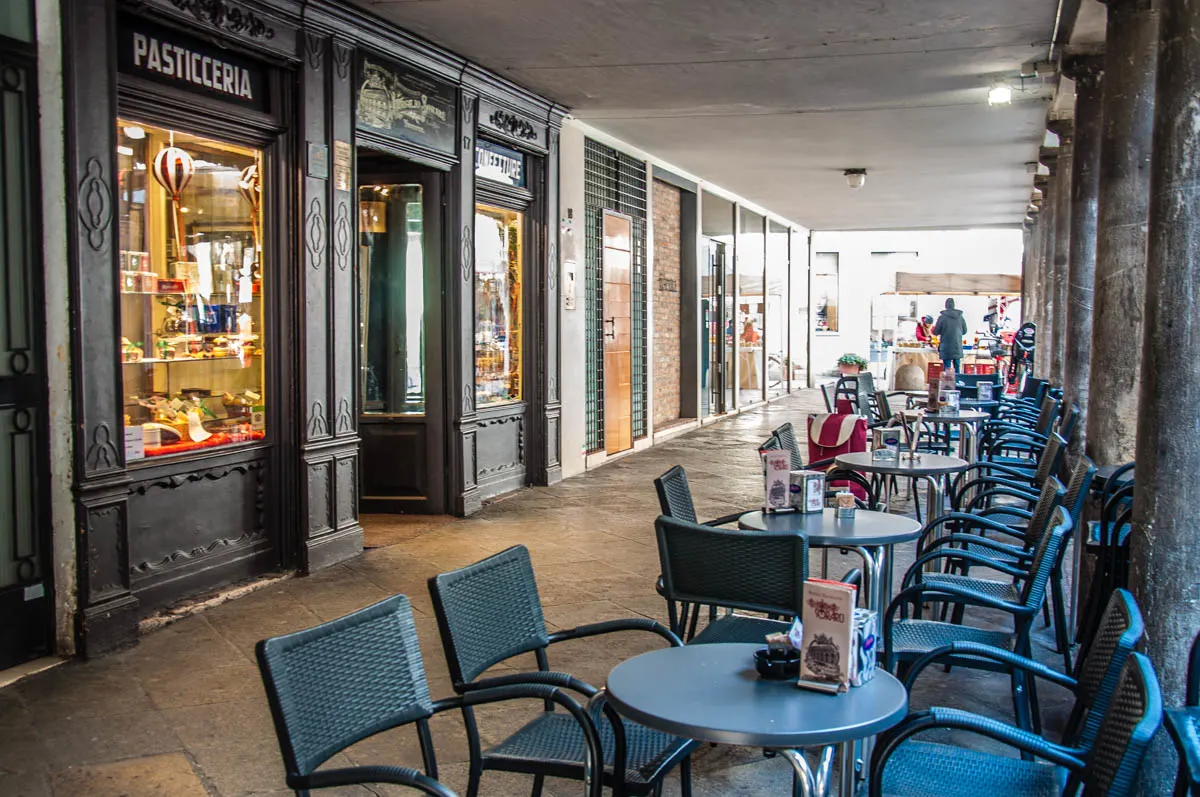
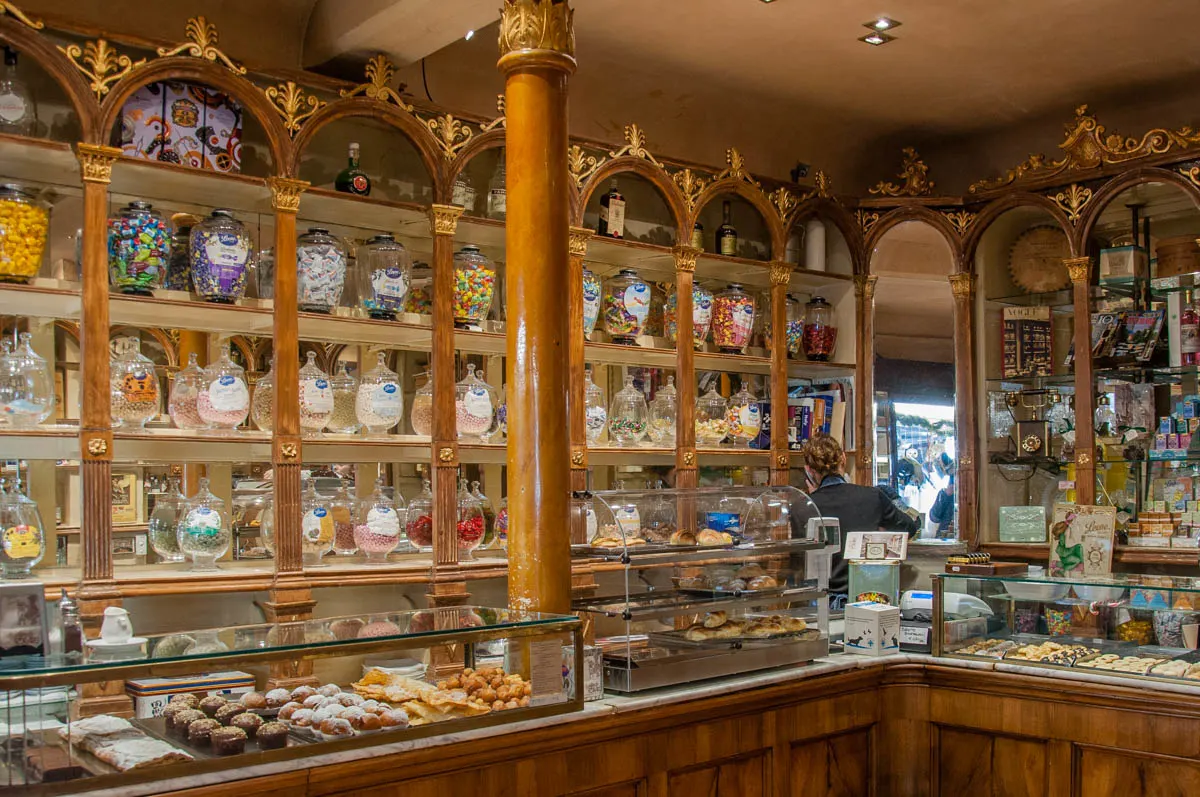
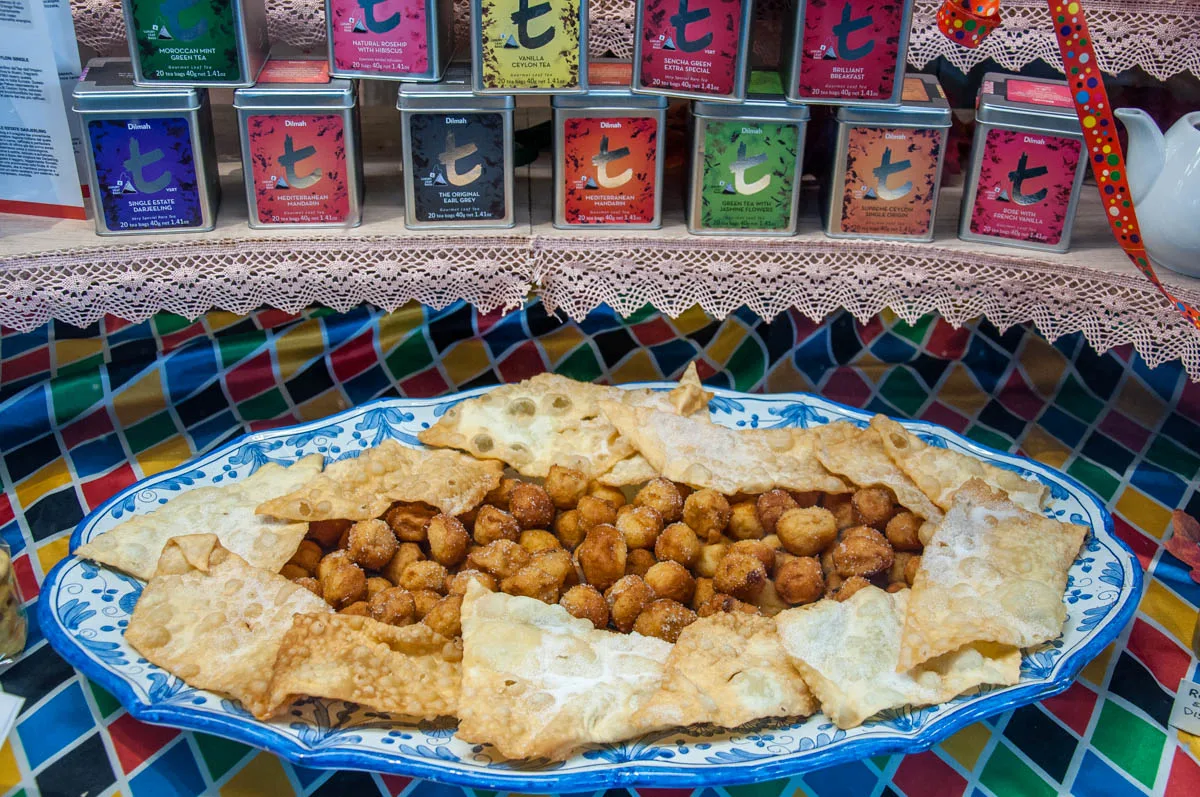
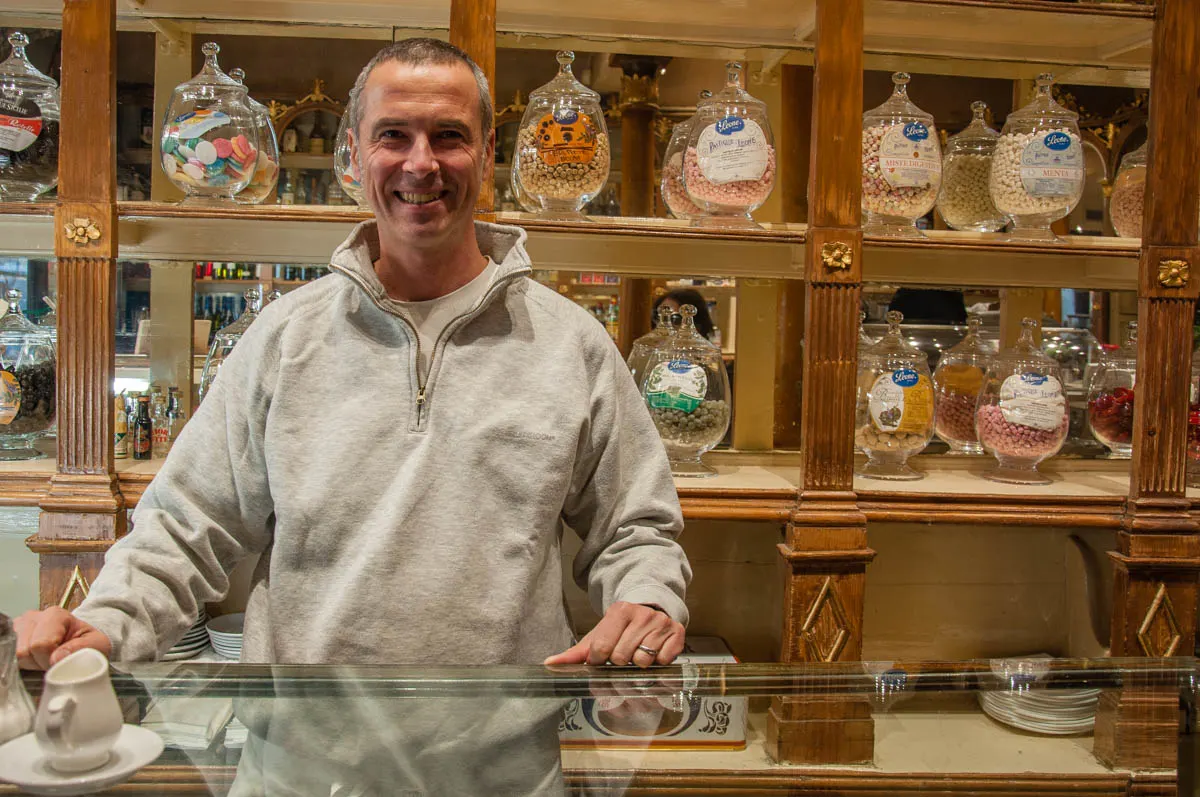
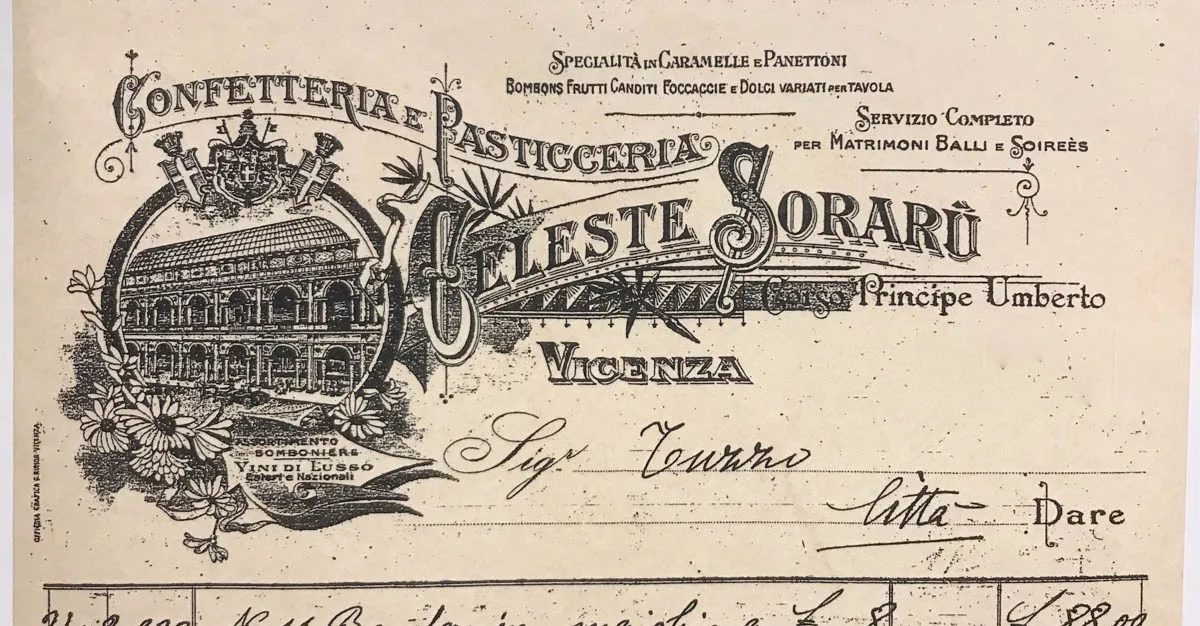
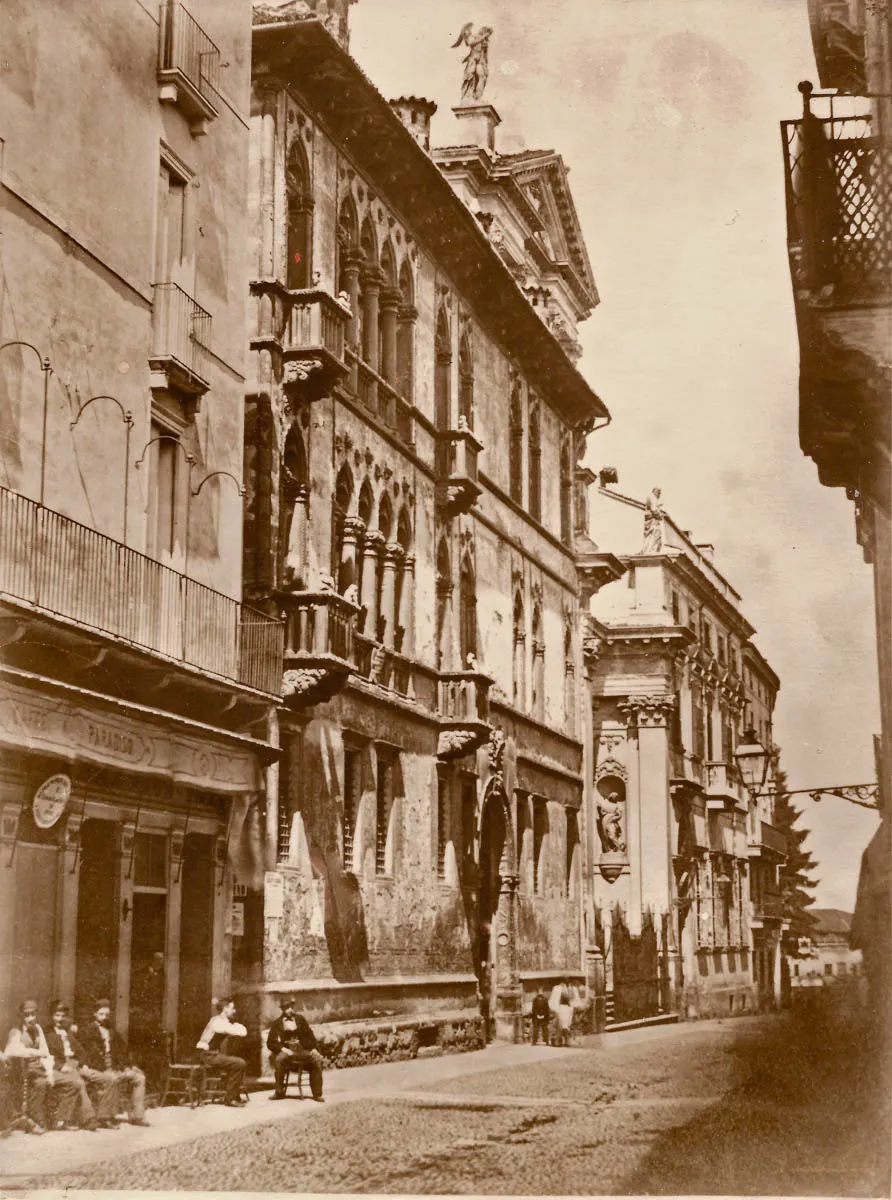
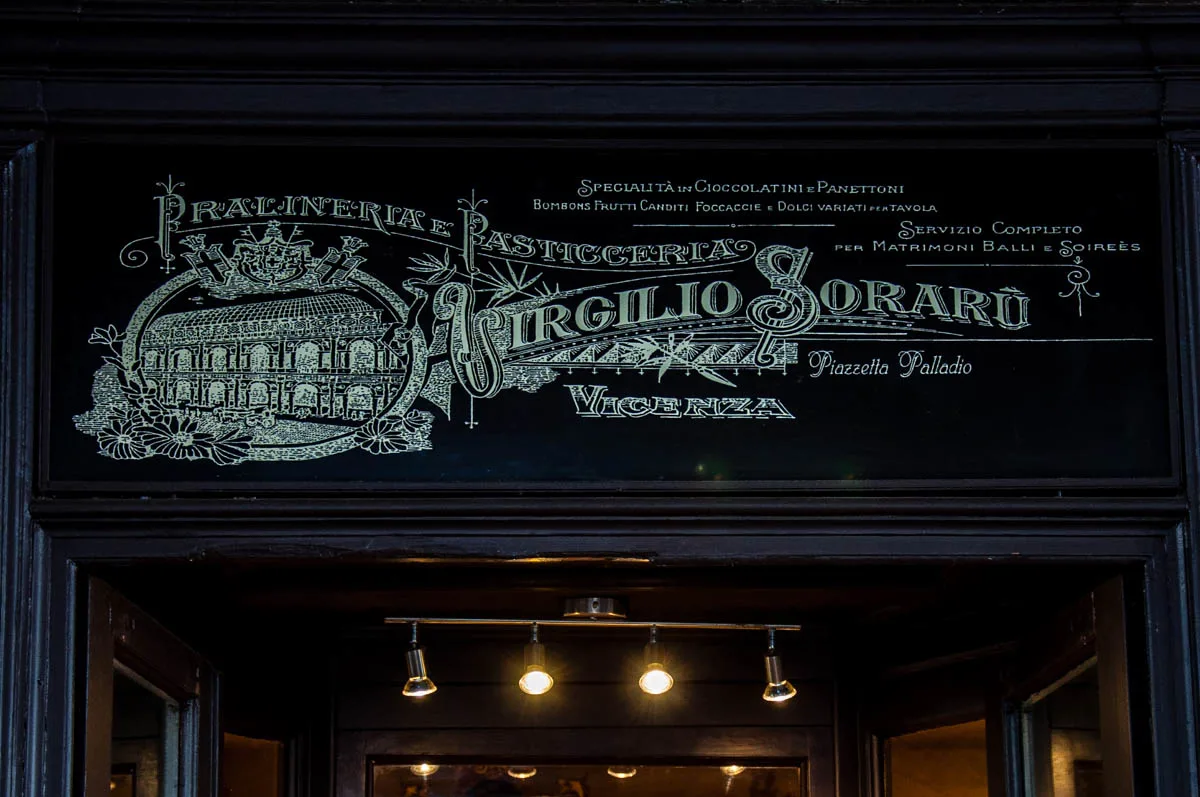
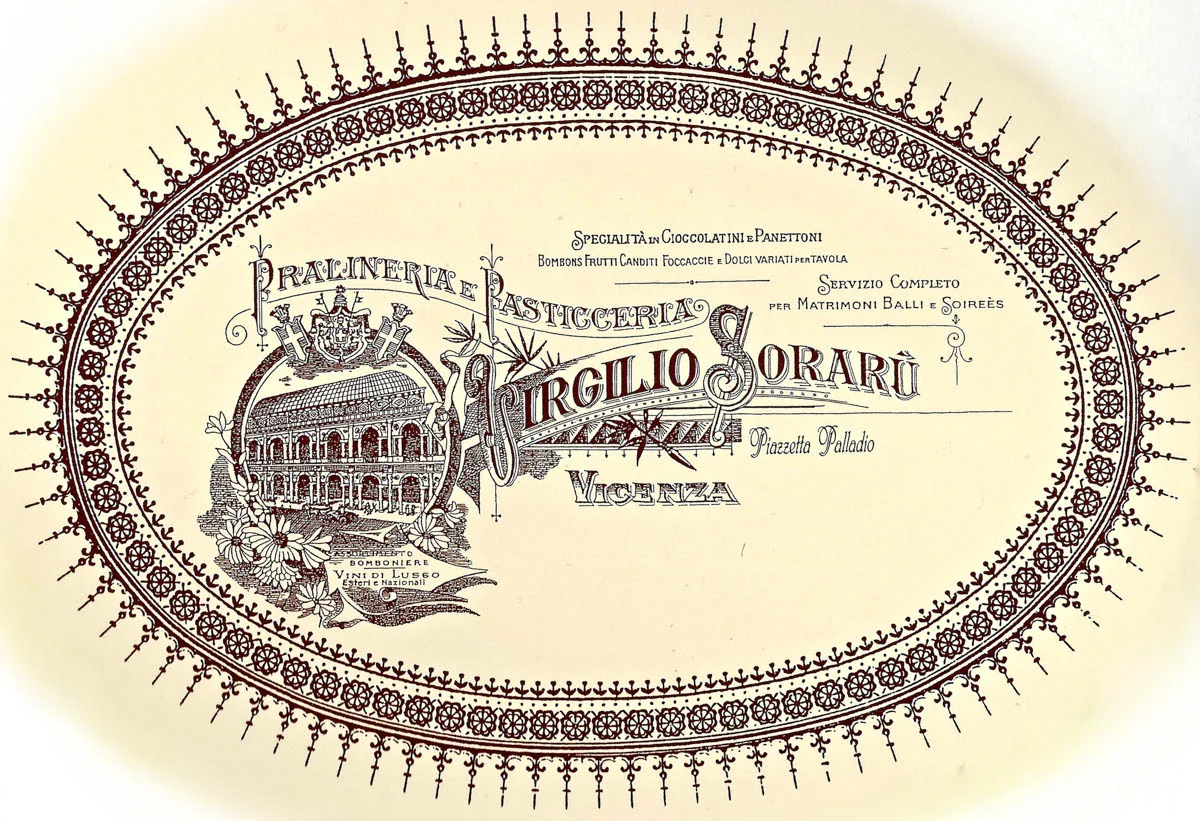
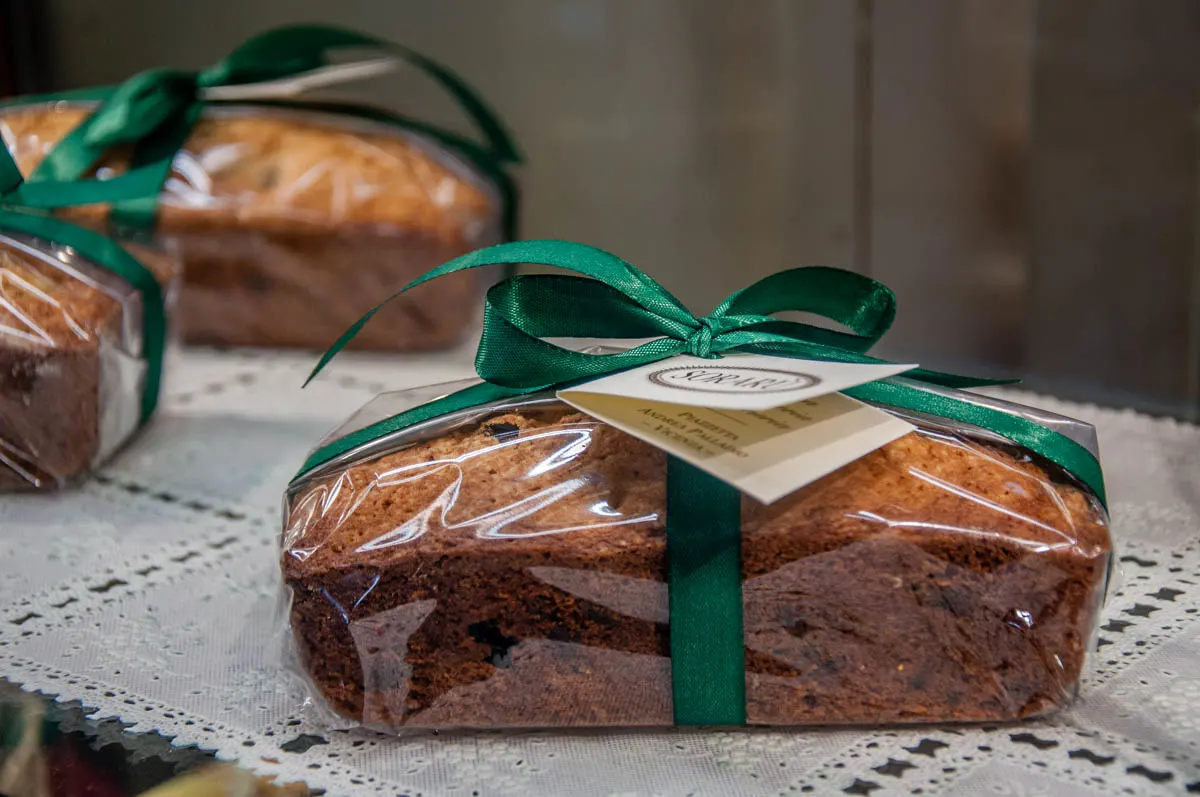
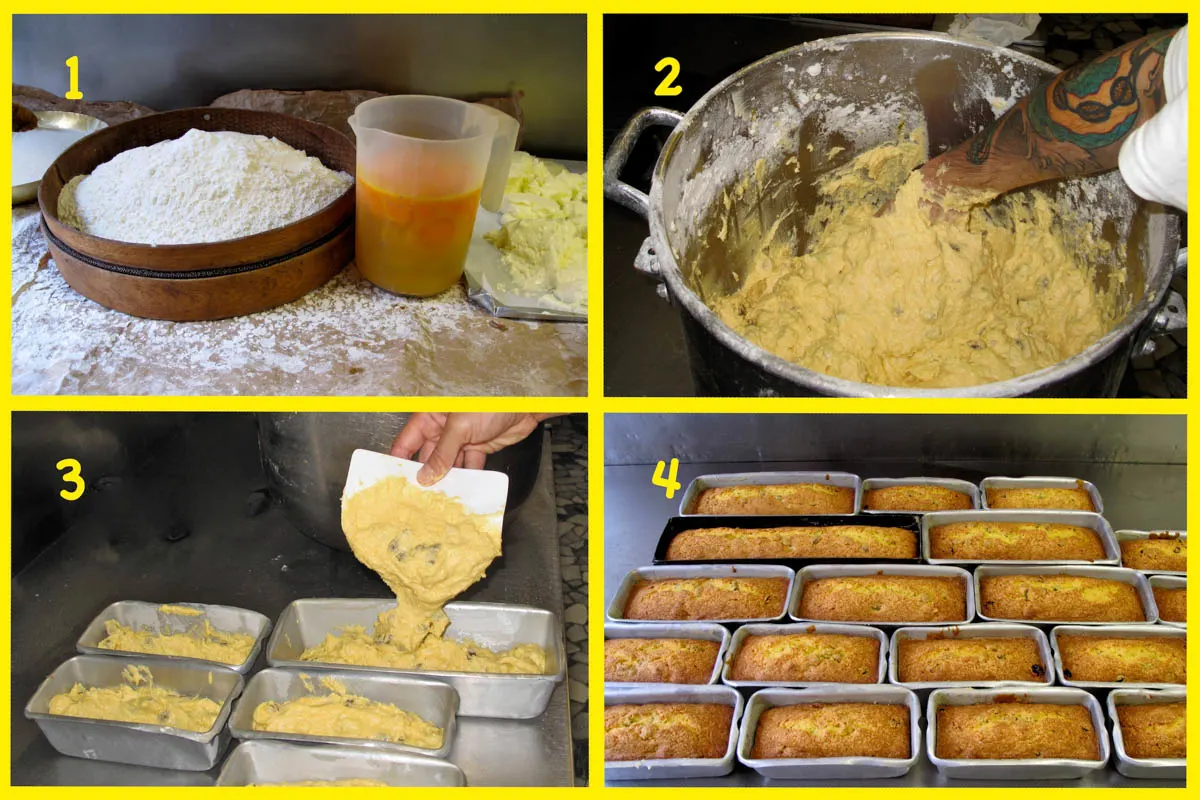
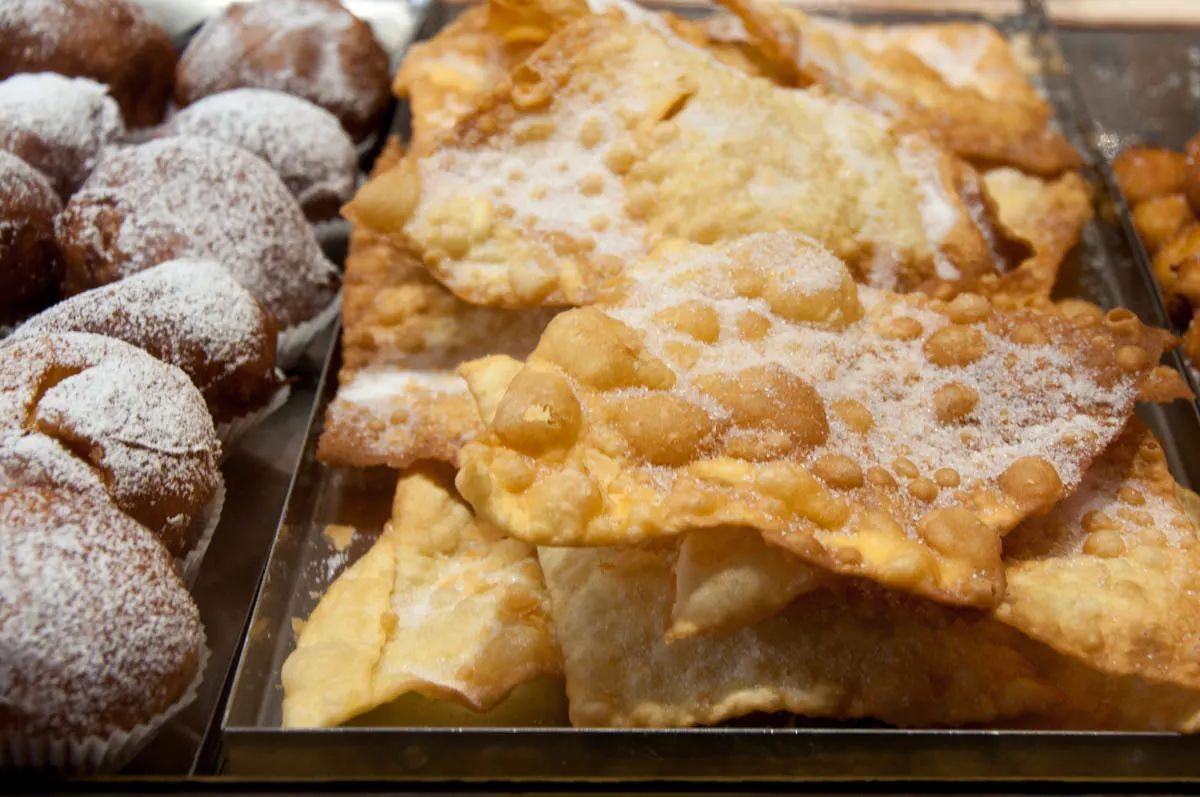
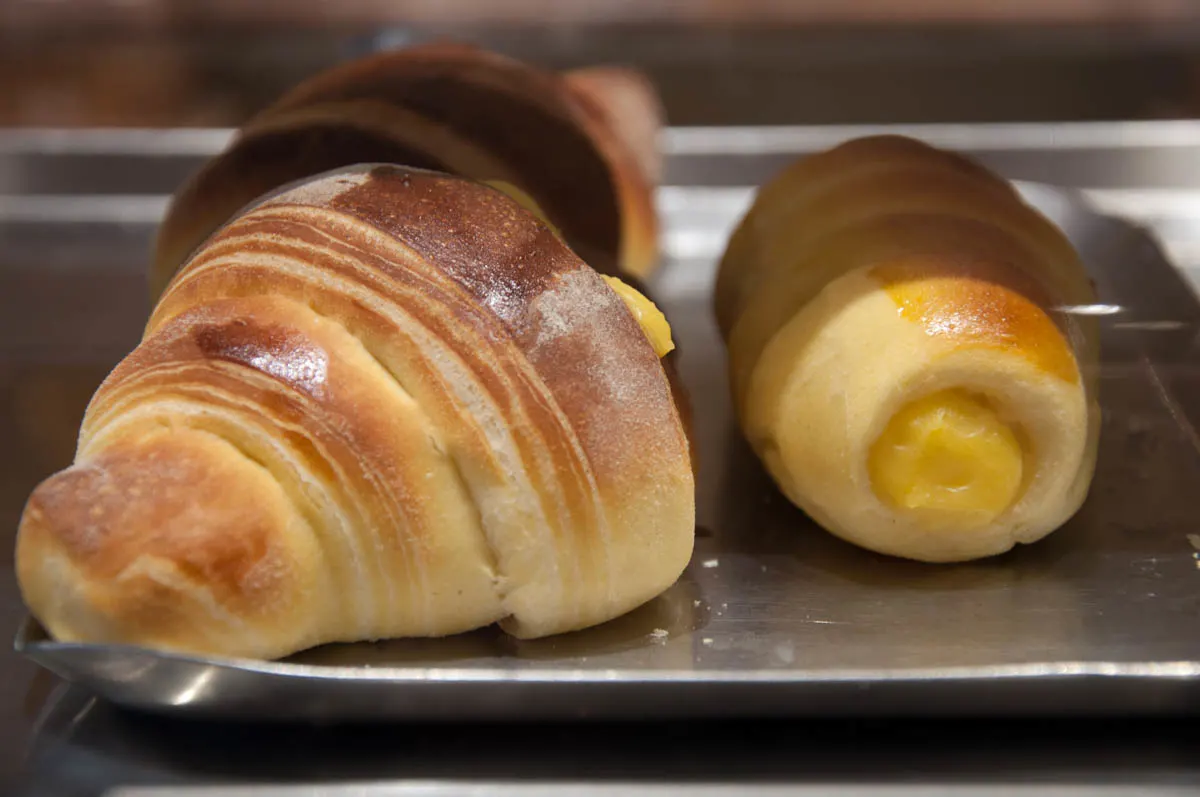
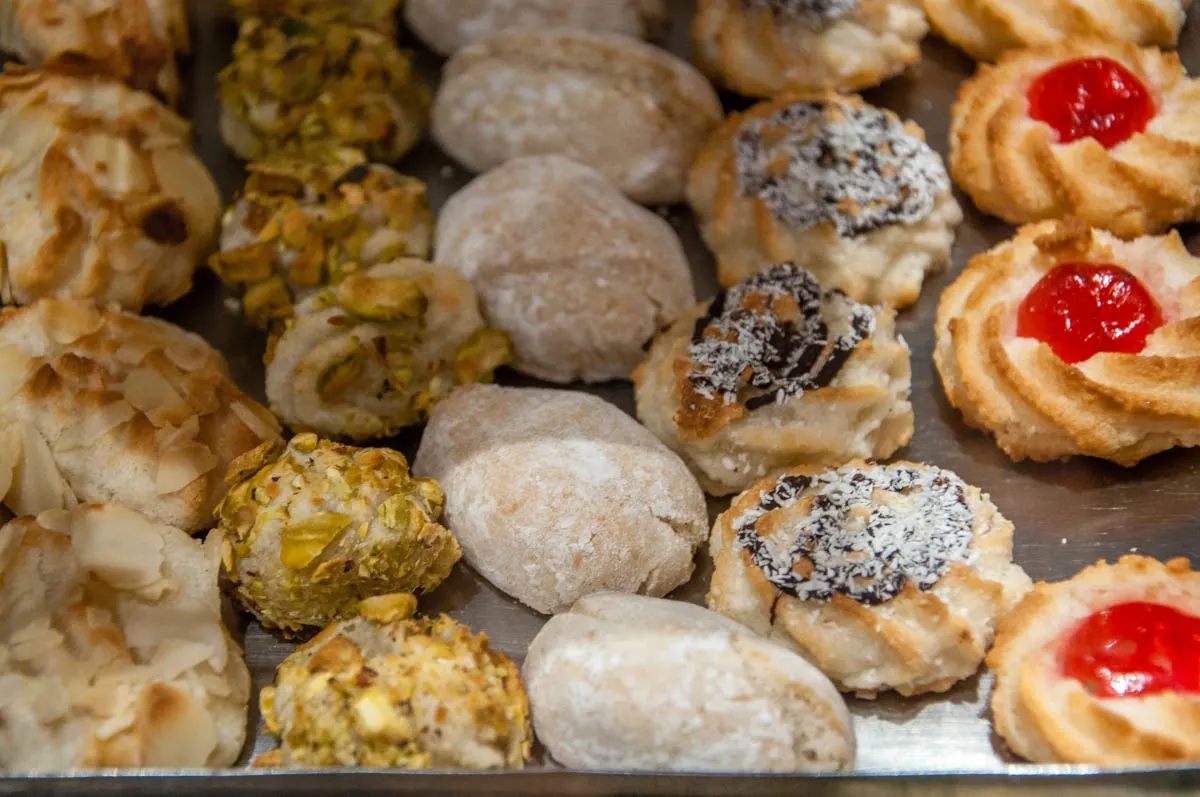
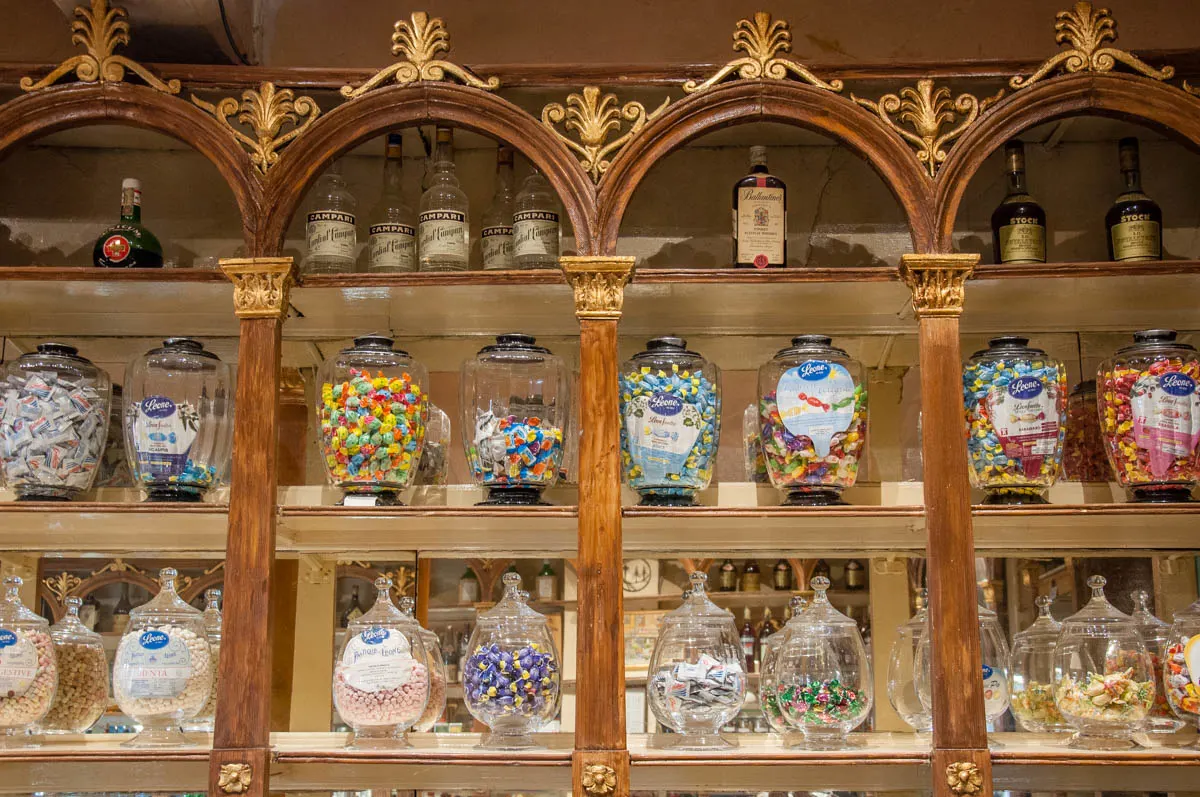
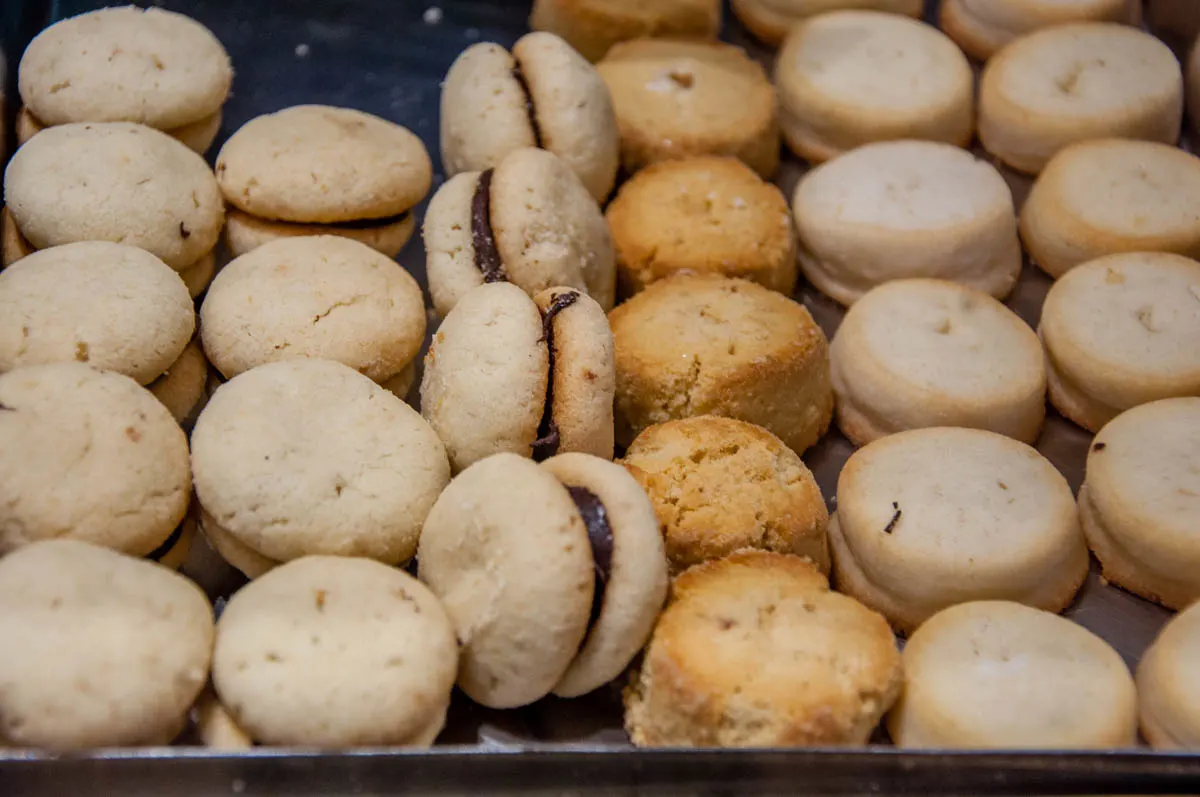
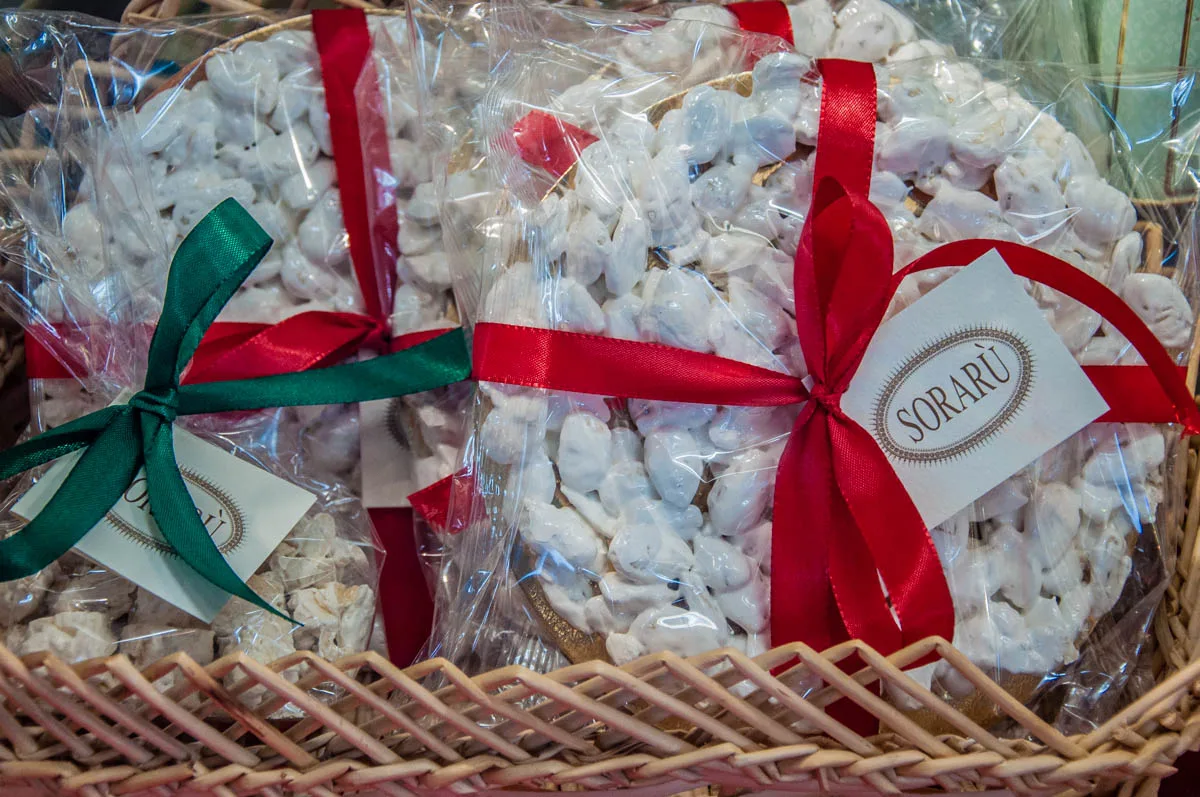
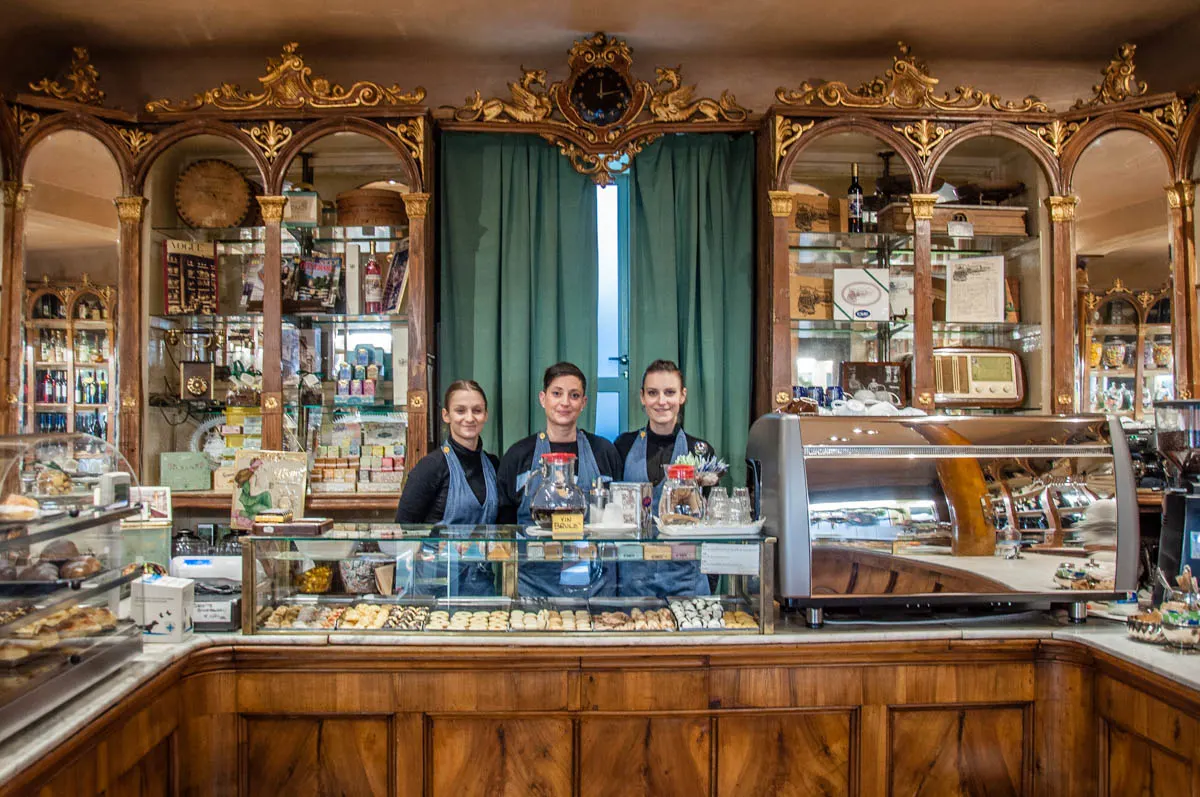

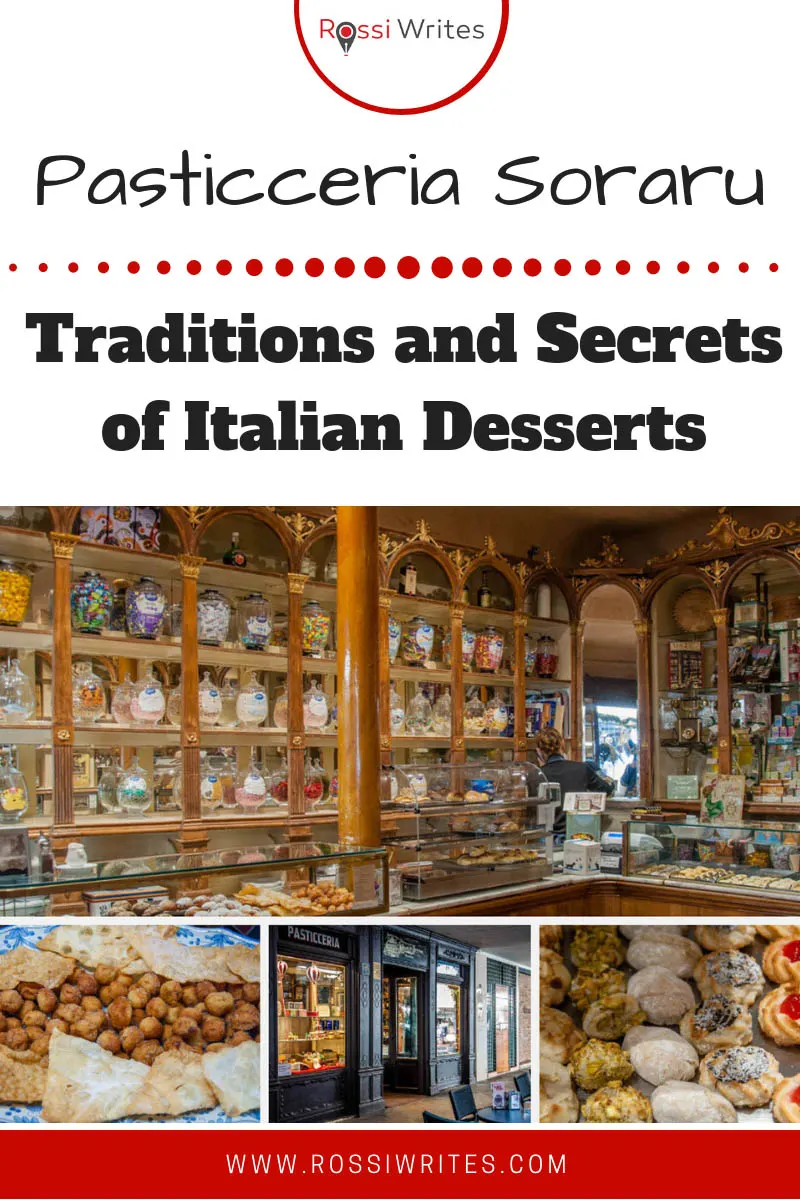
Kate
Monday 14th of October 2019
Another wonderful post! My family and I are coming to Vicenza for a few nights next year entirely because of your wonderful blog, Rossi. Articles like this make me so excited because I know how much my kids will love choosing pastries from such a magical shop. Honestly, Pasticceria Soraru looks so exquisite that I'm a little intimidated but I will muster my courage to enter because you've made it seem like a very welcoming place that won't mind a family lacking the sartorial elegance of the locals bumbling in for coffee and breakfast pastries. Thank you for bringing attention to the local delights of Vicenza, the opportunities for visitors to meet locals and experience snippets of Italian life, the moments that really stick in memory and make a holiday so special.
Beth
Friday 22nd of February 2019
Hi Rossi, I really enjoyed your article. Speaking of Italian pastries, have you been to Florian's in Venice? If so, what is your opinion, do you recommend a visit? Best wishes, Beth (Liverpool, England)
admin
Friday 22nd of February 2019
Thank you for your comment, Beth! I have been to Florian once and I enjoyed it. It was the day after Carnival. I have described it in detail in a comment here, if you want to take a look: https://www.facebook.com/rossiwrites/posts/1036545216520318 Best wishes,
Rossi